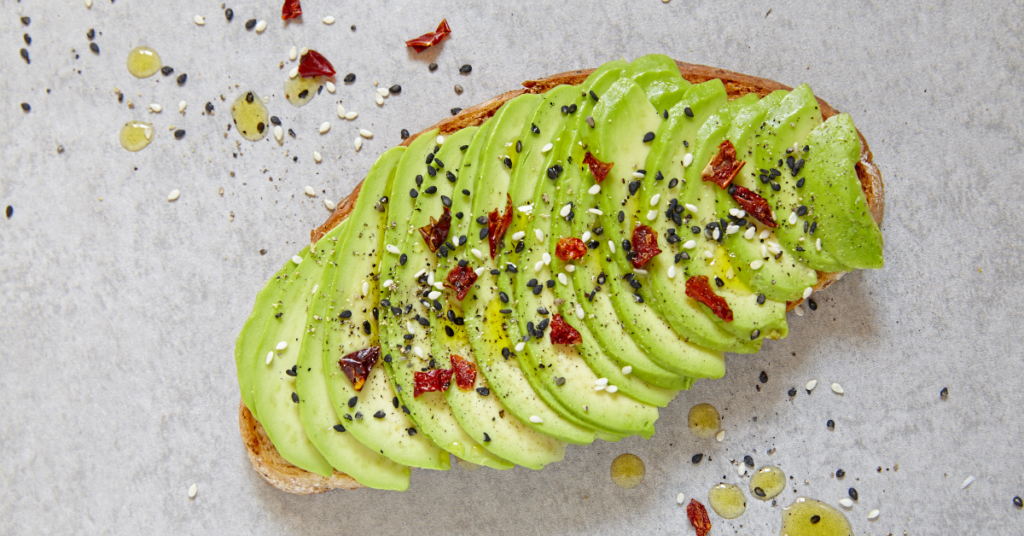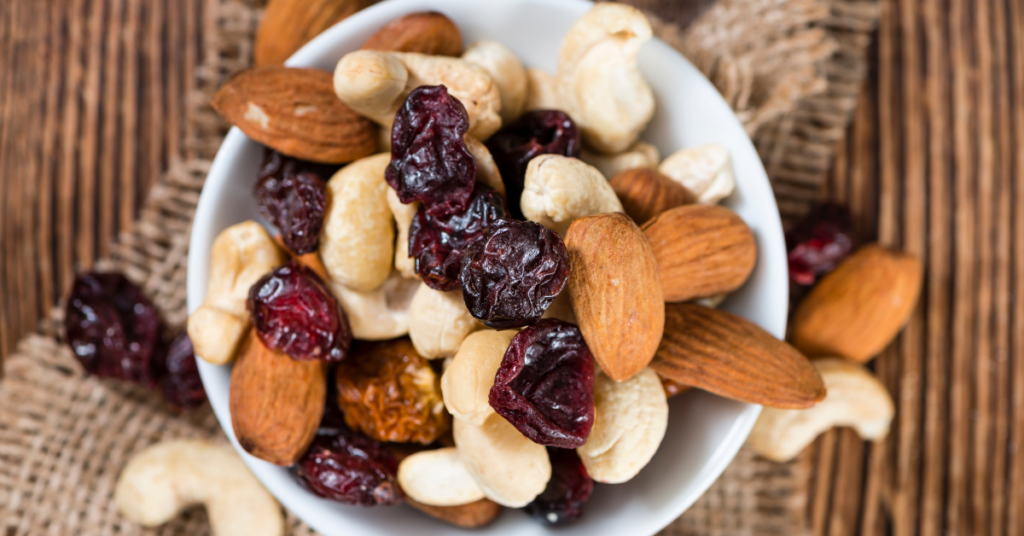Whey protein has been the go-to supplement for gym-goers, bodybuilders, and athletes for decades. Marketed as fast-digesting, “complete,” and clinically studied, it’s long been held up as the gold standard. For years, it seemed like the smartest choice.
Whey is everywhere, in powders, bars, and shakes. It’s promoted by influencers and endorsed by personal trainers. But popularity doesn’t equal precision.
Here’s the truth:
“Whey protein isn’t as efficient or effective as we’ve been led to believe.“
In fact, it was never actually designed with human performance in mind. Whey is a byproduct of cheese production in which it literally was a waste product of production. It just happened to be digestible, dirt cheap to produce, and available at scale.
It’s time to revisit the assumptions behind “the gold standard.” Because when you look closely at how protein really works, at what your body actually needs to grow and recover, whey doesn’t measure up.
Let’s break down where whey falls short, and what your body actually needs if your goal is lean muscle, faster recovery, and better long-term results.
The Promise of Whey, and the Hidden Problem
There’s a reason whey protein became so popular: it digests quickly, it contains all nine essential amino acids, and it was widely available as a waste byproduct of cheese-making. Supplement brands saw a money making opportunity and made it a fitness staple.
Whey isn’t inherently bad. But it’s outdated, and it’s limited.
Whey was never designed to match what human muscles need. It was just easy to produce and dirt cheap.
The real problem is this: whey was a waste product… and still is! Whey is was highly absorbable and cheap protein source, not one that matched to what our body’s need. Just because your body digests a protein easily doesn’t mean it can actually use it to build new muscle.
The Real Gap: Usability vs Absorption
Whey scores very high here, often a perfect 1.0 or above. But that’s not the whole story.
Why does it score so high? Because these scoring systems are based on how digestible a protein is, and whether it contains the minimum essential amino acids needed to avoid deficiency, typically using a young child’s nutritional needs as the reference model.
In fact, the reference amino acid pattern used in PDCAAS comes from the requirements of preschool-aged children, typically 2 to 5 years old, a group chosen because they were considered the most vulnerable to protein deficiency on a global scale. This made sense for preventing malnutrition in at-risk populations, but it’s not the right model for adult athletes, active individuals, or anyone focused on muscle performance and recovery.
Shocking isn’t it?
“The scoring system is based for fighting malnutrition, but others have taken it as a measurement of a protein’s quality for adults.“
So, yes, whey is easily absorbed. But digestibility alone doesn’t tell us if the protein actually helps build muscle effectively.
That’s not how the body works. It doesn’t digest protein as-is, and put it right into place in your muscles. They are far too big and complex to do that. Your body breaks down protein into smaller chains of molecules, called amino acids, and then those amino acids are the puzzle pieces that are used to build your muscles.
Imbalanced Proteins Cause Waste and Fat
Absorption is just the delivery truck. It says nothing about whether what’s inside the box is what your body actually ordered, not what we actually need.
If it’s missing key amino acids in the right balance, or contains too much of some and too little of others, muscle construction comes to a screeching halt.
If even one amino acid is too low, the limiting amino acid, your body can’t continue building muscle. The rest of those amino acids? They don’t get stored for later. Your body has no way to store amino acids outside of your muscle.
First, they’re deaminated, their nitrogen is stripped away. Then, they’re converted to glucose (sugar) in the liver. And if your body doesn’t immediately need that sugar for fuel, it stores it as fat.
So while you’re trying to build lean muscle, your shake is doing the opposite, adding a bunch of fat on your body that you didn’t want and will have to burn off later.
That’s where Match Rate™ comes in, a newer, more relevant metric that looks at how well a protein source’s amino acid profile matches the amino acid structure of human muscle.
What Is Match Rate™?
Match Rate™ is a measurement of how closely a protein source aligns with the essential amino acid (EAA) profile of human muscle tissue. In simpler terms, it tells you what percentage of a protein can actually be used by your body to build and repair muscle, not just how much gets absorbed.
It’s based on two things:
- The relative proportions of all nine essential amino acids.
- The degree to which they align with what your muscles actually require to synthesize new tissue.
If your protein has too much of one amino acid and too little of another, your body can’t use the full dose effectively. The surplus gets burned as fuel or stored as fat.
That’s why Match Rate is a far better indicator of protein quality than just bioavailability.
Bioavailability = Did you digest it?
Match Rate™ = Can your body actually use it?
Whey scores high on bioavailability. But on Match Rate? It comes in at just 48.48%.
That means more than half of what you consume doesn’t go to muscle, it gets turned into fuel or fat instead.
What Actually Builds Muscle?
Muscle isn’t built from grams of protein, it’s built from essential amino acids (EAAs) in the right proportions.
There are nine EAAs your body can’t make on its own:
- Histidine
- Isoleucine
- Leucine
- Lysine
- Methionine
- Phenylalanine
- Threonine
- Tryptophan
- Valine
To stimulate and sustain muscle growth, all nine must be present, at once, in the correct ratios. If even one is too low, muscle protein synthesis stalls. This is known as the limiting amino acid effect.
Whey is especially low in methionine, histidine, and threonine, meaning you can chug a 30g shake and still end up with only 15g of usable muscle-building material.
Worse? Your liver has to clean up the rest, converting the excess amino acids into glucose and storing them as fat.
Whey’s Numbers Don’t Add Up
Let’s get specific.
- Whey Match Rate™: 48.5%
- NutriMatch™: 96.2%
That’s not a small difference, it’s double the usable protein.
To match the muscle-building effectiveness of a 25g scoop of NutriMatch™, you’d need to consume over 50g of whey. And with it? Extra calories, potential fat gain, and common side effects like bloating, acne, and digestive upset.
The numbers are clear: Whey falls short. Whey short.
What to Use Instead: Smarter Protein From the Start
Enter NutriMatch™, a clean and delicious plant protein blend that delivers a near-perfect blend that provides a 96.2% match rate to the amino acid profile your muscles actually use and need.
…and it’s 100% natural. It’s just plants.
Nothing artificial. Nothing synthetic. No lab grown meat here.
Our algorithm doesn’t invent new molecules. Instead, it analyzes billions and billions of plant protein combinations (12.7 quadrillion to be exact) and identifies the optimal blend of plants to deliver a blend of plants that provides a 96.2% match rate to the amino acid profile your muscles actually use and need.
Each plant protein has its own strengths and gaps. The NutriMatch™ algorithm balances those out. It selects and combines them in proportions that your muscles can actually use, more far more precisely than any plant protein, plant protein blend, or animal protein on the planet.
It doesn’t just check the boxes for completeness. Almost every protein is “complete”, but most are “imbalanced”. NutriMatch goes further, delivering each essential amino acid in the exact proportions your body needs to repair, grow, and recover.
Achieving a 96.2% Match Rate™ is groundbreaking. It’s not only better than whey and any plant protein on the plant, it’s actually better than meat itself… chicken, beef, eggs, salmon, milk… anything.
- Less waste
- Fewer calories
- More lean muscle from every gram
Whether you’re training, recovering, or just trying to maintain strength and mobility as you age, NutriMatch™ delivers muscle-ready fuel without the guesswork.
Real-World Gains Without the Bloat
NutriMatch™ isn’t just more efficient, it’s also gentler on your body.
- No bloating
- No hormone disruption
- No breakouts
- No dairy inflammation
For those trying to lean out, avoid excess calories, or ditch the cut-bulk cycle, a higher Match Rate™ means smarter protein.
You don’t have to overeat to build lean mass. You just need protein your body can actually use.
Protein Has Evolved. So Should You.
For decades, whey was the best option we had. But it was never optimized. Never complete. Never perfect.
Now there’s a better way to measure protein quality, and a better way to fuel your body.
NutriMatch™ gives you nearly double the usable amino acids per gram.
That’s smarter protein.
That’s leaner gains.
That’s performance without compromise.
Ready to fuel your body more efficiently? Explore NutriMatch™ and start building better from your very next scoop.



